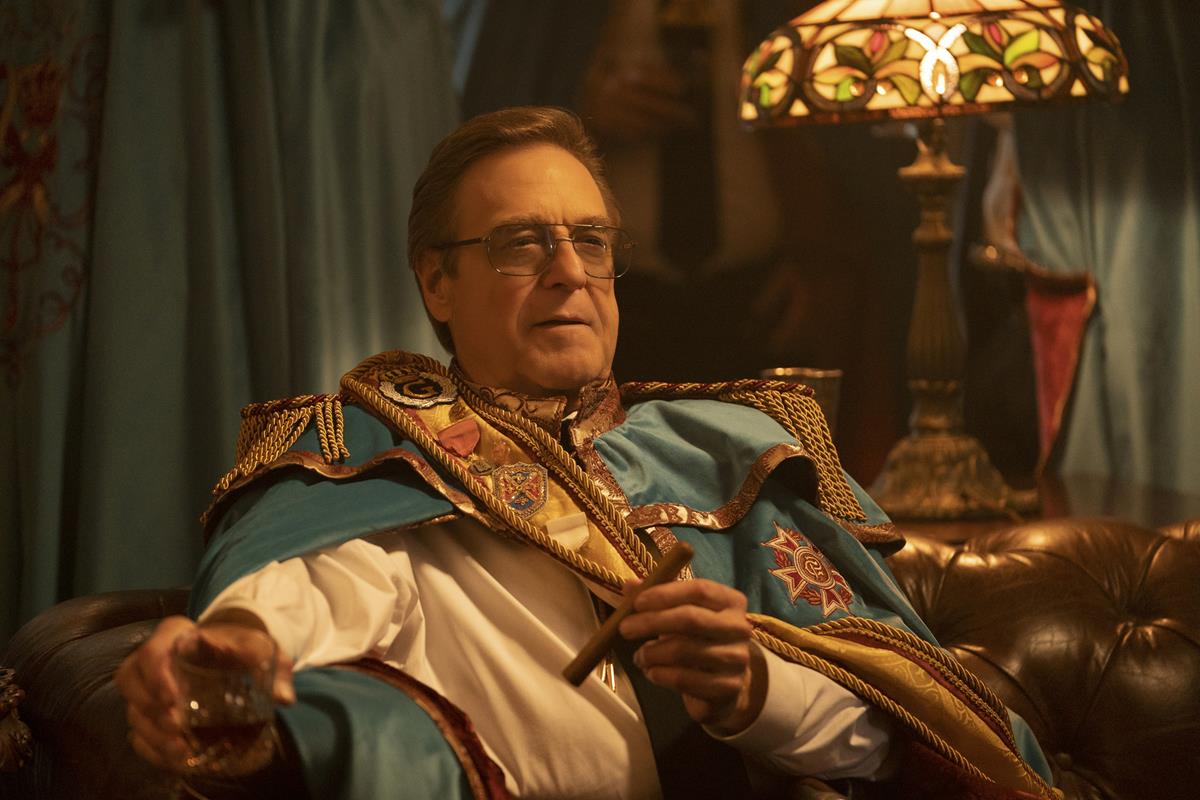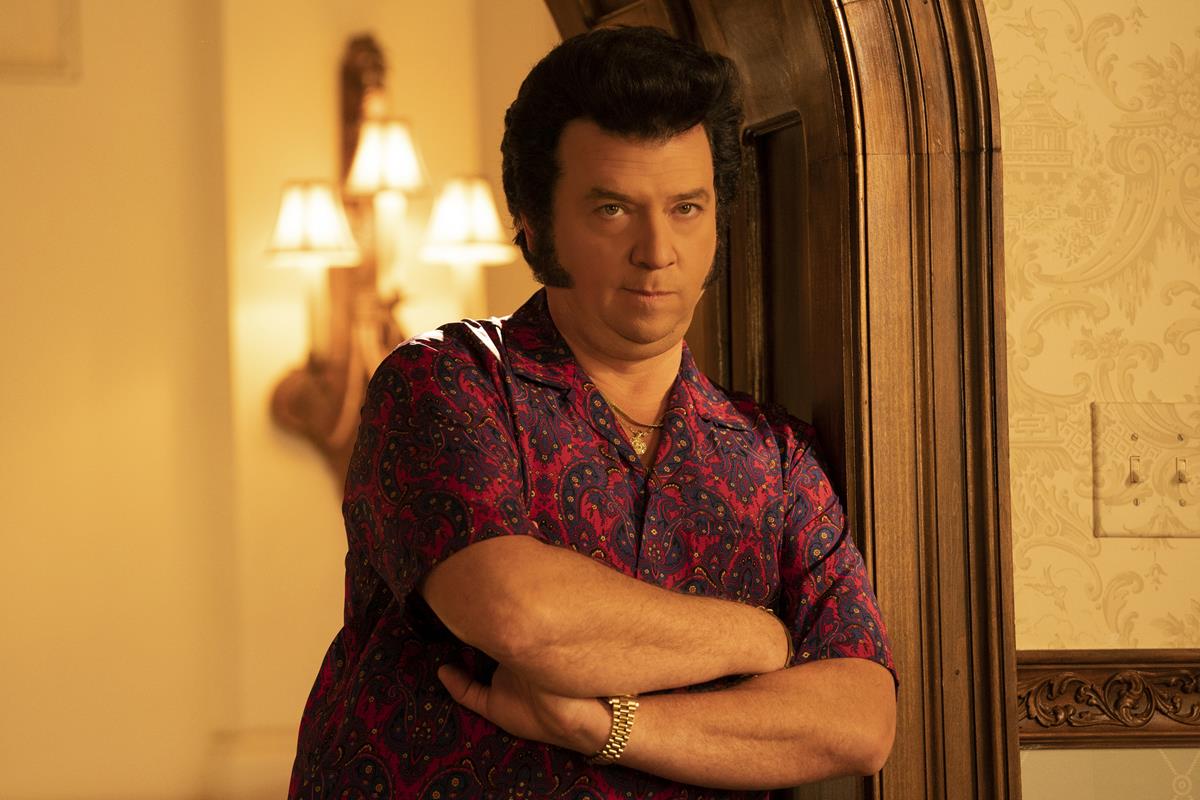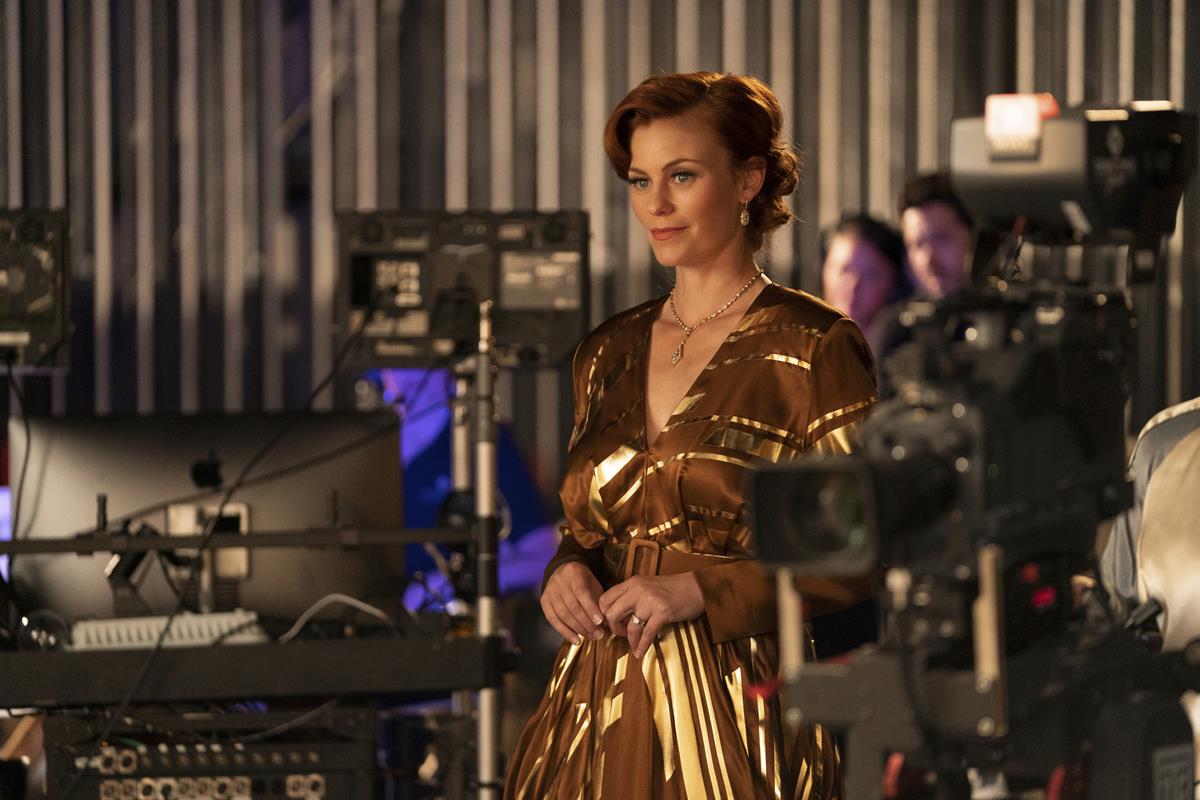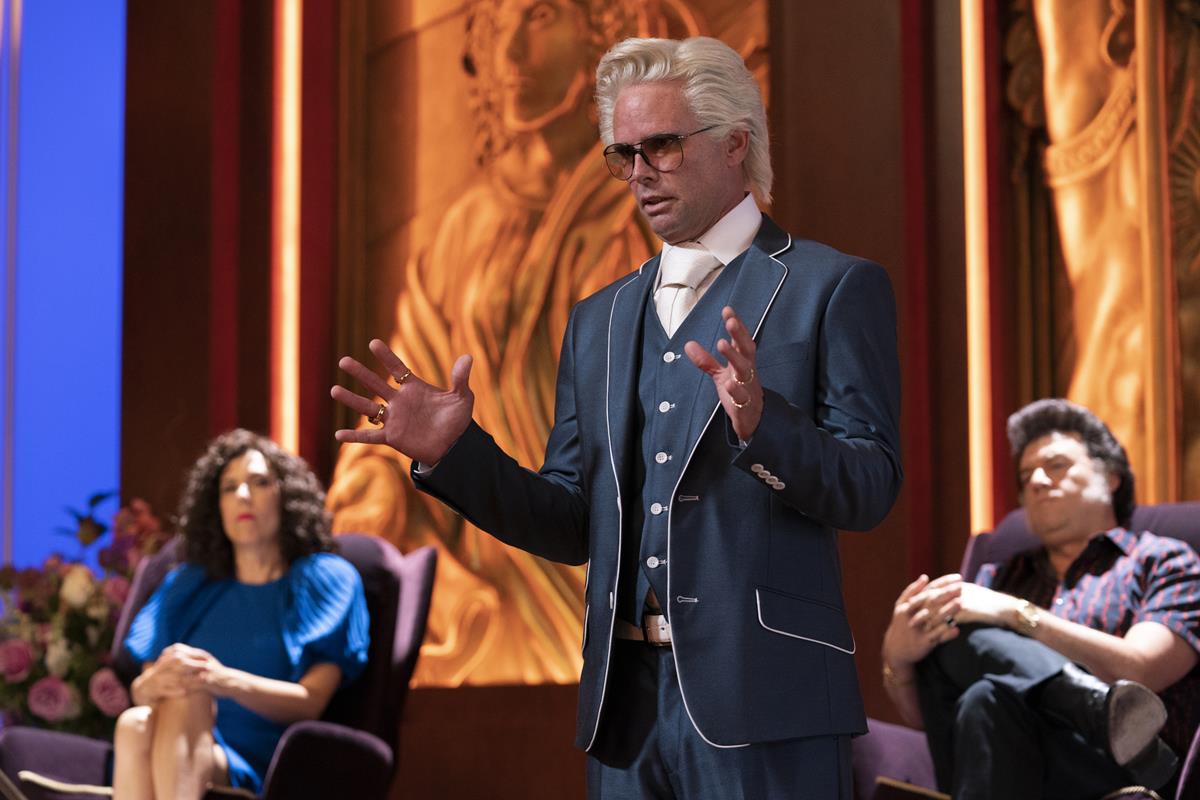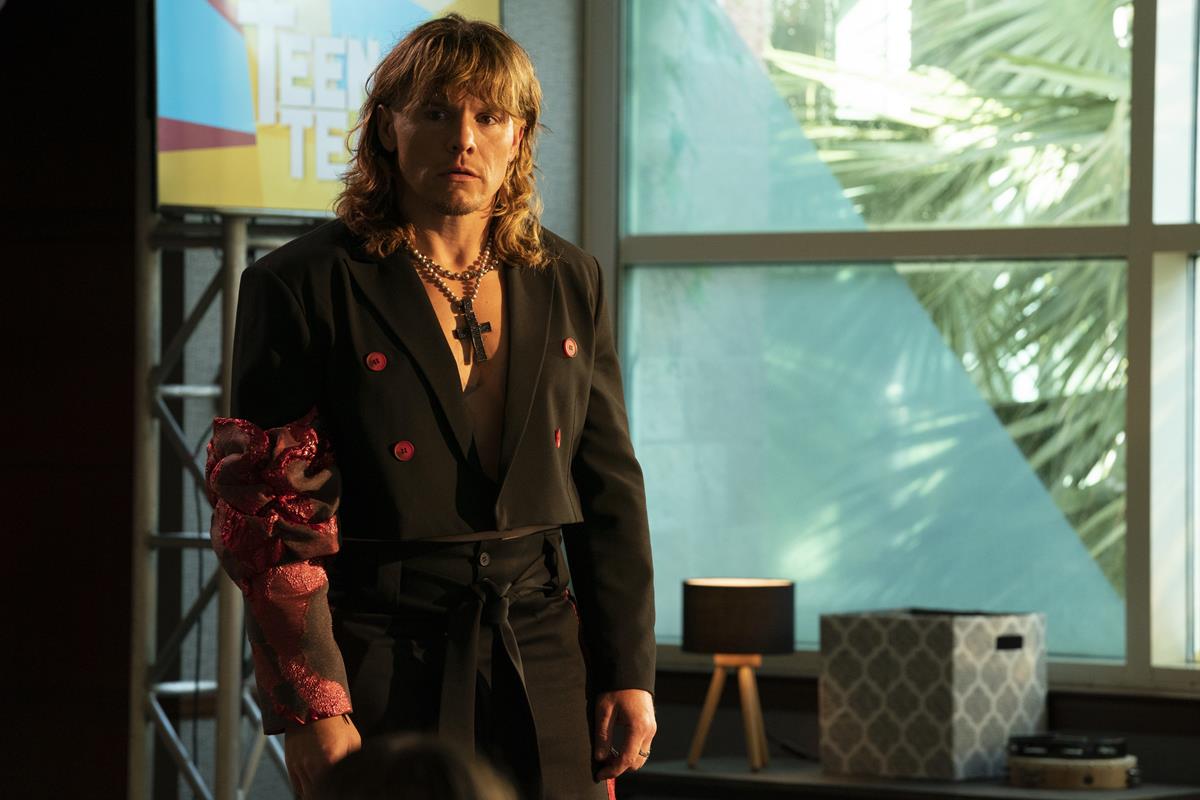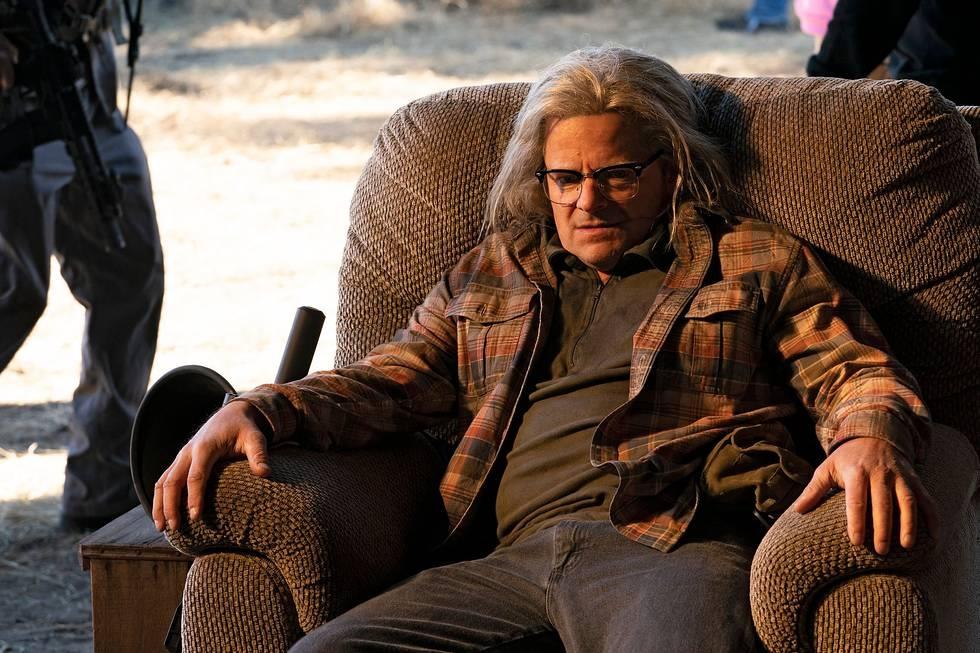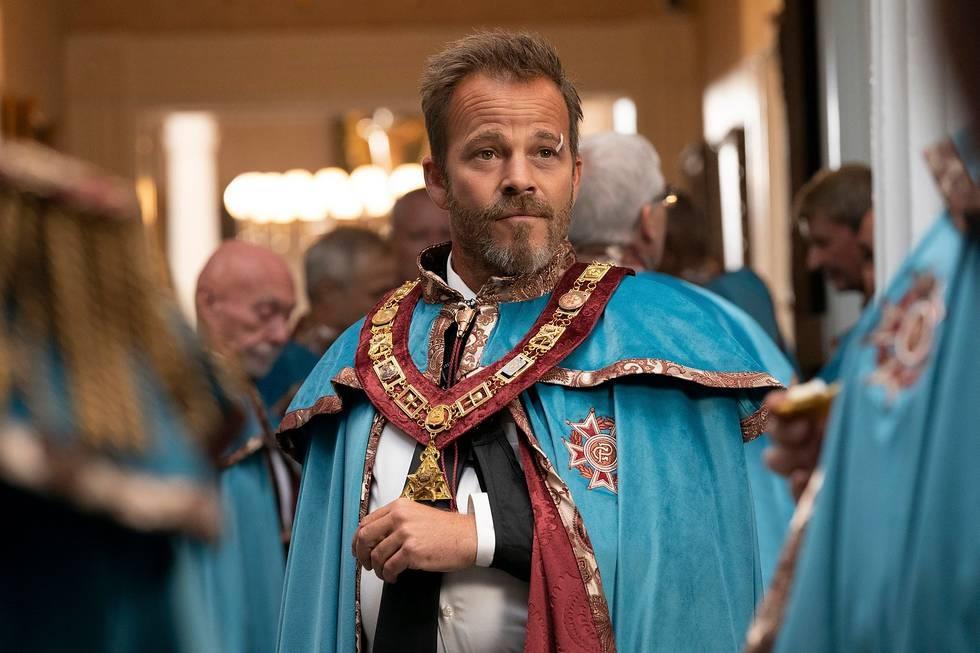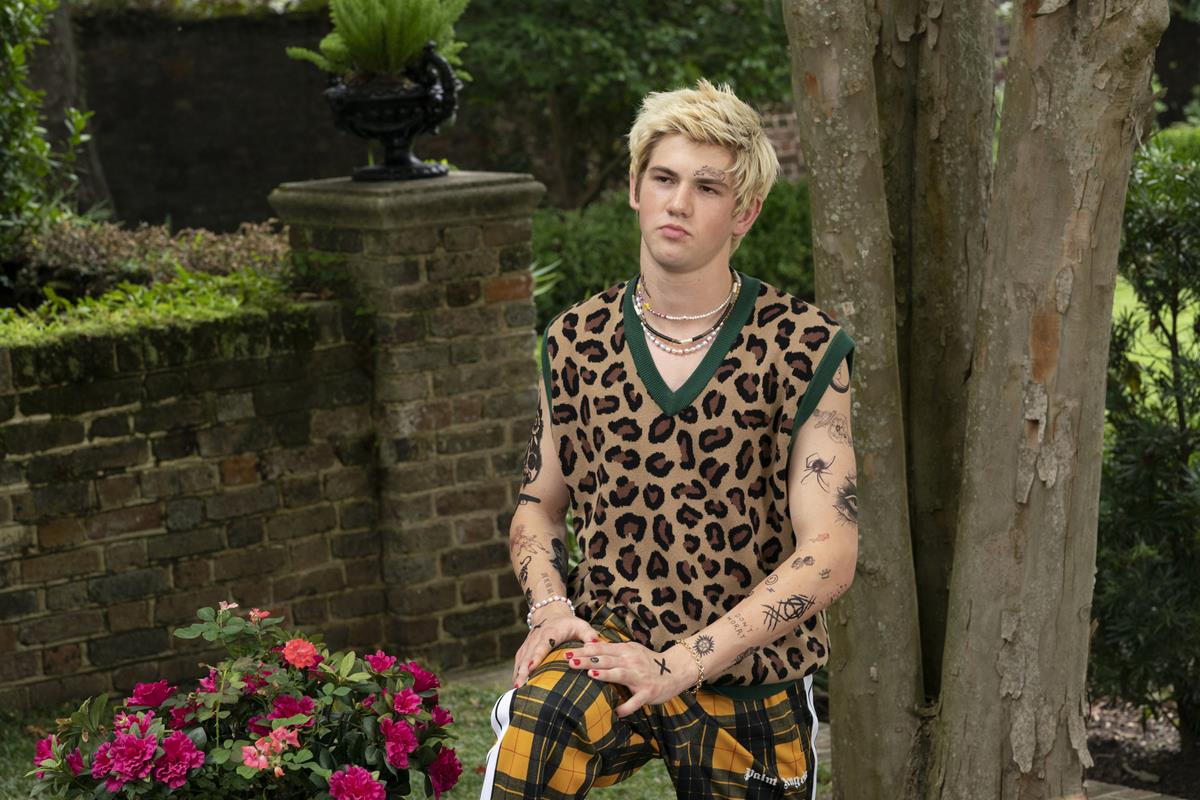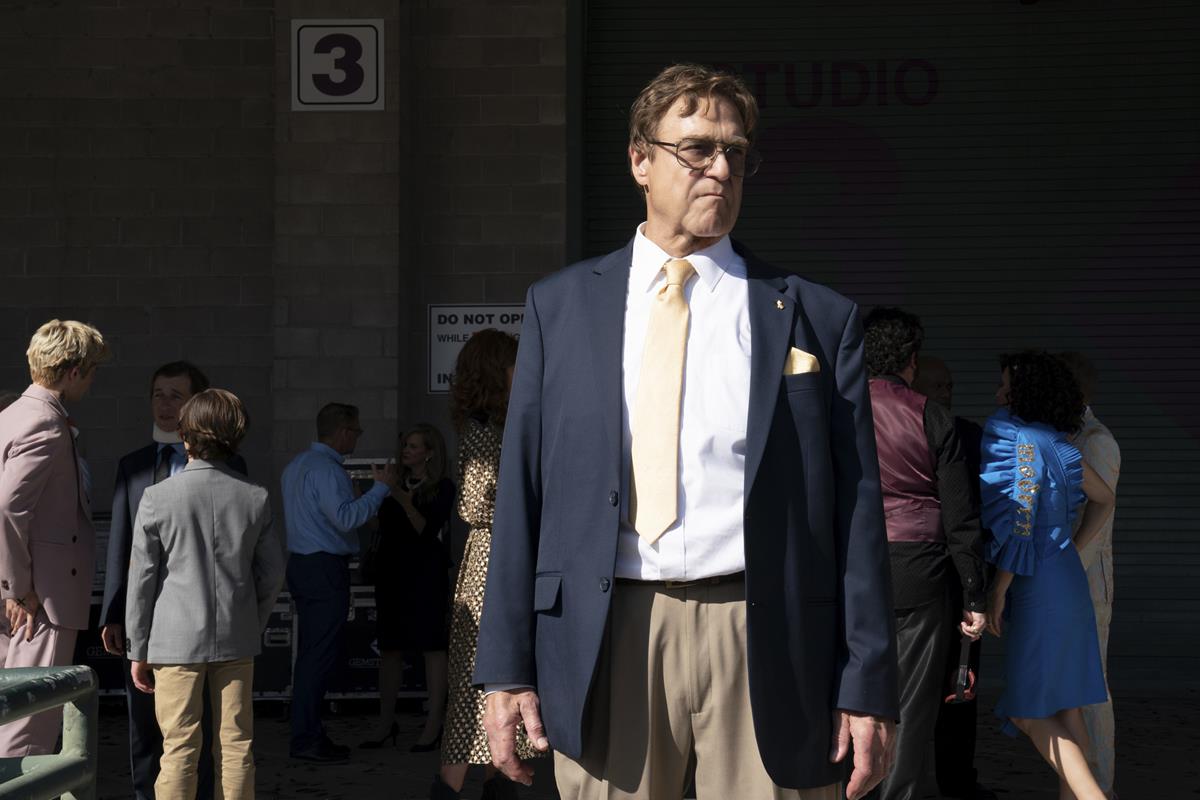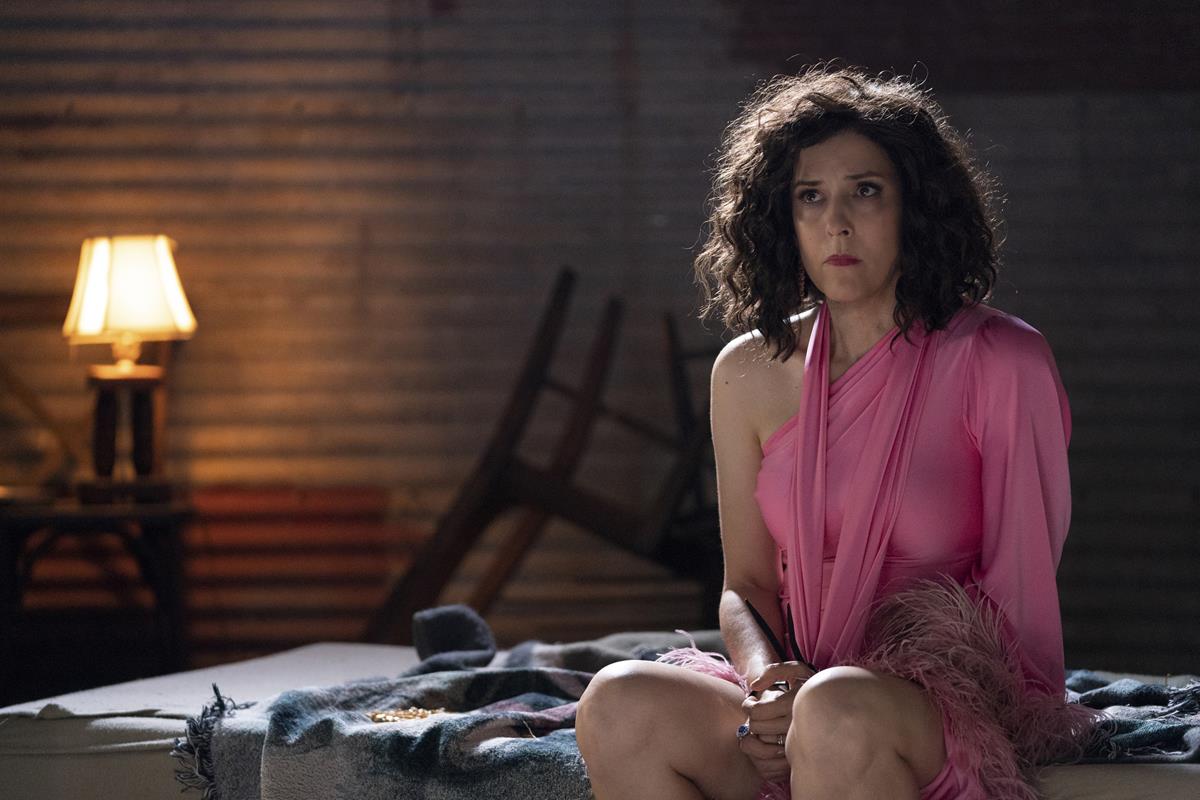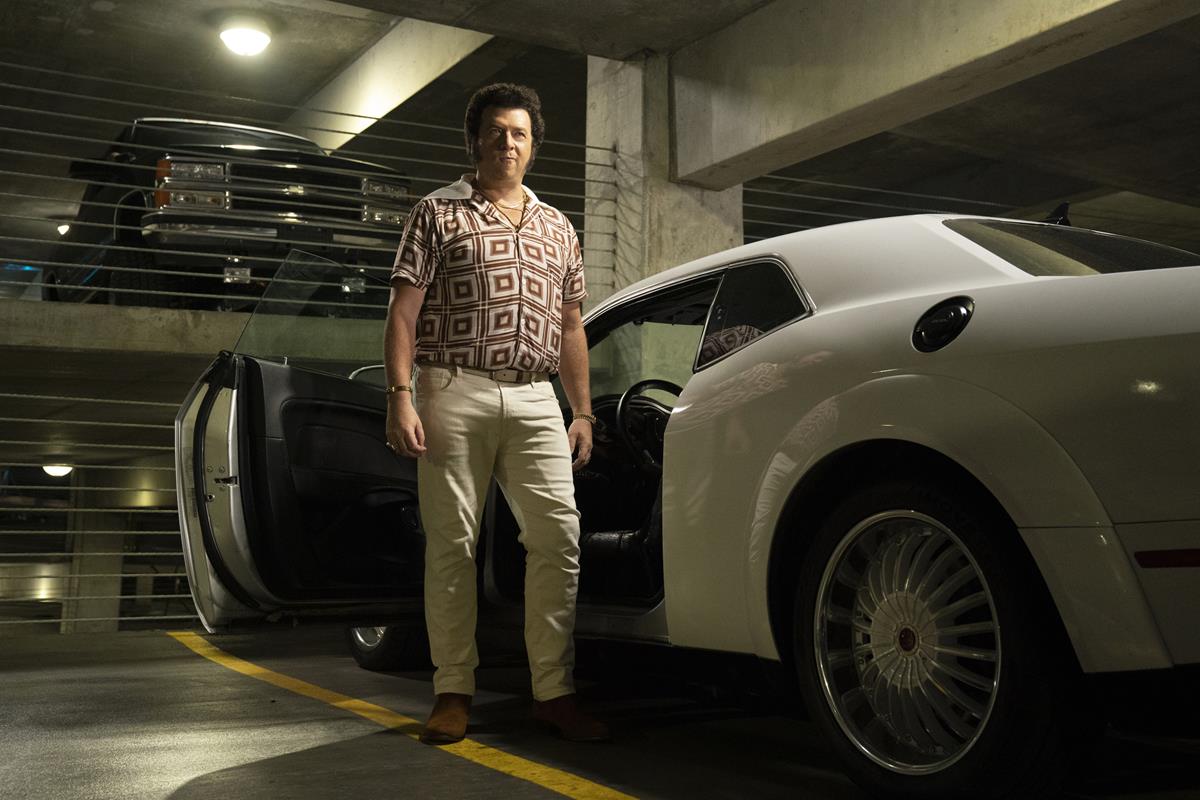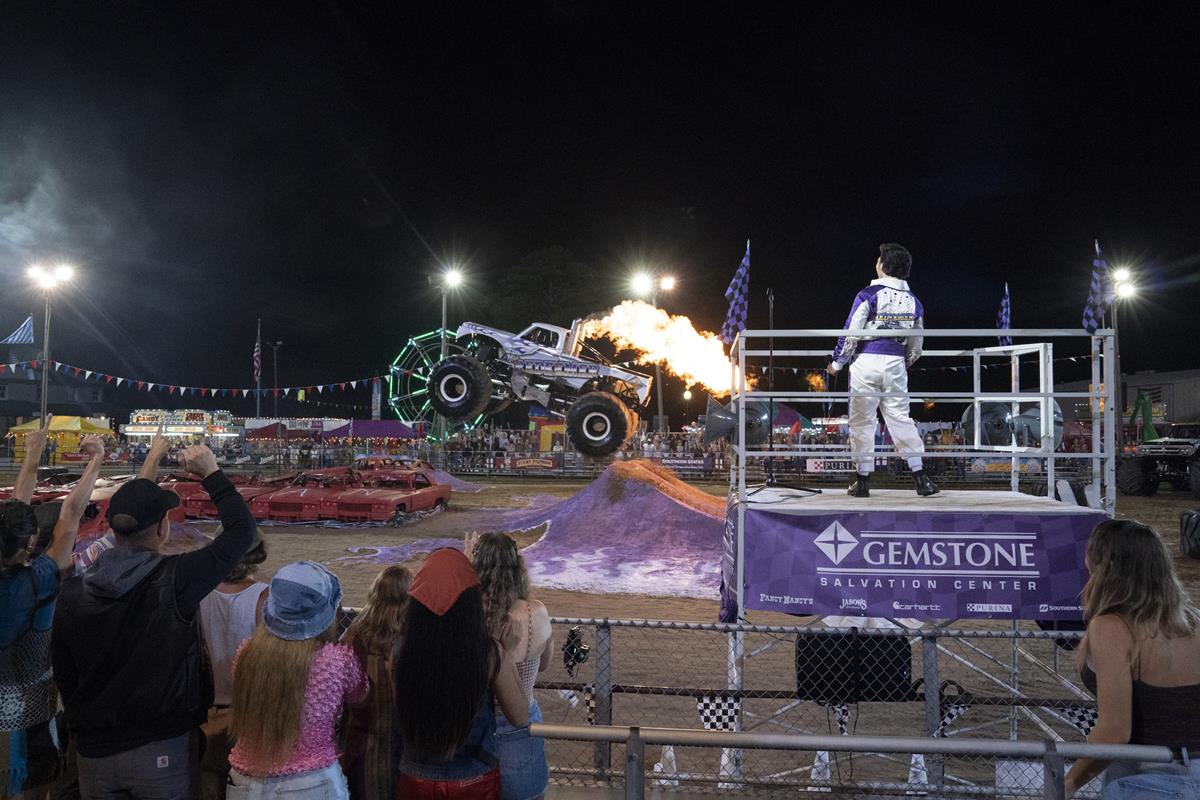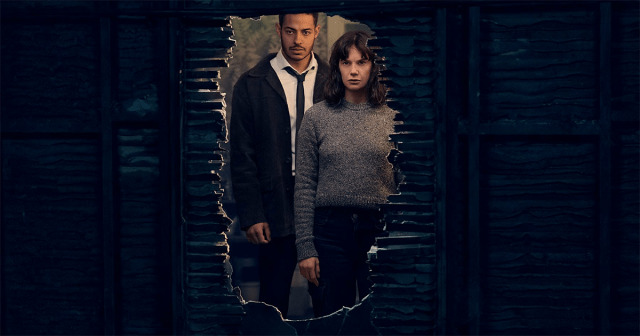
TL;DR
- Director of photography Paul Daley discusses his work on Season 3 of “The Righteous Gemstones,” HBO’s dark comedy series created by Danny McBride.
- Daley adopted an “evolutionary” approach to the cinematography for Season 3, sticking with the show’s large-format ARRI Alexa camera package but introducing new Supreme lenses.
- Signature Prime lenses were generally used for daytime scenes and Supremes for nighttime.
- Season 3 features a monster truck called “The Righteous Redeemer,” which presented unique challenges for filming, including the loss of a camera during a particularly intense scene.
The Righteous Gemstones, HBO’s dark comedy series created by Danny McBride, is more than just entertainment; it’s a cultural critique. With its sharp wit and biting humor, the show exposes the underbelly of religious commercialism. The series, now streaming on Max, has garnered a strong following since its 2019 debut. A key contributor to its visual spectacle is director of photography Paul Daley, who shot several “micro-episodes” in Seasons 1 and 2 and all 10 episodes in Season 3. Daley recently broke down his visual approach to the third season in an episode of The Go Creative Show.
The Emmy-nominated series stands to shoulder to shoulder with other critically acclaimed shows from HBO. While the show has received ample praise for its writing and performances, its visual storytelling in the third season is equally compelling. Allison Herman, in her review of the new season for Variety, says “the show has a visual panache that defies our expectations for a half-hour comedy.”
She continues, neatly laying out the show’s narrative arc. “The Gemstones are not the Roys, forced to confront the emotional poverty beneath their material riches, nor Barry Berkman, scrambling for redemption without real accountability. They’re buffoons, their idiocy only amplified by the motorcycle chases, musical sequences and megachurch sermons that immerse us in their world.”
READ MORE: ‘The Righteous Gemstones’ Season 3 Hilariously Fills the HBO Void Left by ‘Succession’ and ‘Barry’: TV Review (Variety)
The Righteous Gemstones tackles themes like greed, family dynamics, and the commodification of religion, all of which are amplified through Daley’s lens. “It’s funny, but it gets very dark,” the DP says of the show’s third season and its focus on the relationship between Gemstone patriarch Eli’s (John Goodman) daughter, Judy (Edi Patterson), and her mediocre husband BJ (Tim Baltz). “And then it gets super awkward. And then it gets super uncomfortable. And there are some things there’s nothing funny about. Like ‘This is horrible.’ This guy’s completely humiliated, is cuckolded, he’s embarrassed, he gets his ass kicked. And we shoot it that way. We let the actors bring the comedy. We bring the drama.”
An Evolutionary Approach
For Season 3 of The Righteous Gemstones, Daley decided to adopt an incremental approach. “When we got to Season 3, my thought was, ‘Well, let’s change it up a little bit.’ Nothing revolutionary, just make it evolutionary,” he told Go Creative host Ben Consoli.
The cinematographer continued to rely on the show’s large-format ARRI Alexa camera package, a mainstay since the its inception. This package included Signature Prime lenses, which Daley praises for their warmth and softer focus. “The Signatures are a little bit warmer than the Supremes,” he said. “I found you can actually reduce your filtration because they’re a little softer. They drop off the bokeh, the background is so definitive, nothing turns into a blob back there,” he elaborated.
To add a new layer to the show’s visual storytelling, Daley introduced Supreme lenses. “For the nighttime stuff, we would lean toward the Supremes. They were cooler, a little sharper, and they just lend themselves to night work a little better,” he explained.
Daley emphasized that lens choices are made with the context of the scene in mind. Signature lenses were generally used for daytime sequences due to their warmth, while Supremes are chosen for their cooler, sharper quality in nighttime scenes. “We would never shoot particularly wide open because we always wanted to see where we were,” he added.
When it came to capturing the show’s varied and dynamic scenes, Daley opted for a flexible multi-camera setup. “Always three. But then we’d have multiple units. Those two would have three. And when we were in the Coliseum, I believe we had 12,” he revealed. This approach allowed for a wide range of shots, from intimate dialogues to grand set pieces.
Daley’s philosophy on camera motion aligns with the show’s focus on character-driven storytelling. “It needs to be motivated. Moving for the sake of it, there’s something wrong,” he said.
Monster Trucks, Militias and Mayhem
Season 3 amped up the spectacle with monster trucks, militias and mayhem. Capturing the essence of the real-life monster truck McBride had built for the series, “The Righteous Redeemer,” was no small feat. “That monster truck is absolutely massive,” Daley marveled. He noted that the sheer size of the vehicle presented a challenge in conveying its scale on screen. “When I watch it, I sometimes wonder if we didn’t actually get a sense of how massive that thing really is.”
While filming, Daley faced a filmmaker’s worst nightmare: losing a camera to the very subject he was capturing. During a shot where a cow gets run over by the monster truck, a camera was placed too close to the action. “The frame is just full of black tire and then gone,” Daley recounted. Despite the loss, the memory card survived, providing a unique, albeit costly, point of view.
Because of the monster truck’s unique structure, traditional rigging was out of the question. “On the monster truck, you can’t rig to it. There’s no way to rig so they built a vehicle that was on — imagine like a mechanical bull moves around. They built the chassis of one of those on that.” Daley explained. This allowed the crew to mount real cameras for the driving shots, as the actors couldn’t actually drive the monster truck themselves.
Teased at the beginning of the season and making a grand reappearance in the finale, the monster truck served as more than mere spectacle. “It’s also kind of a metaphor for these characters, because they just are so imposing and destructive,” Daley observed. “But there’s so much heart to it.”


